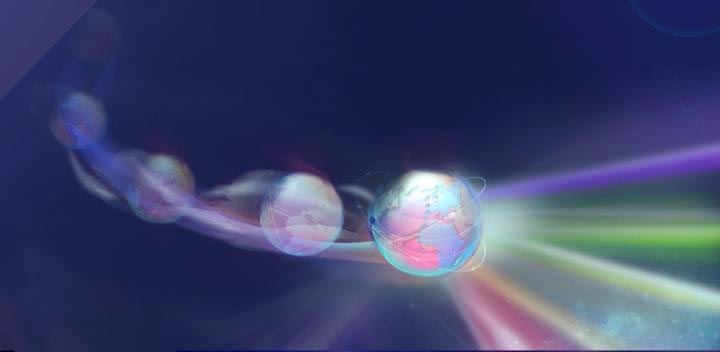Information-rich optical imaging can provide multidimensional information to enable observation and analysis of a detected target, contributing insights into mysterious and unknown worlds. With its ability to capture dynamic scenes on picosecond—and even femtosecond—timescales, ultrafast multidimensional optical imaging has important applications in the detection of the ultrafast phenomena in physics, chemistry, and biology.
While pump-probe-based ultrafast imaging can acquire high-resolution multidimensional information, it cannot adequately capture unstable or irreversible transient scenes. Fortunately, compressed ultrafast photography (CUP), based on compressed sensing and streak imaging, surpasses traditional pump-probe-based ultrafast imaging. CUP has attracted broad attention due to its high temporal resolution, high data-throughput, and single-shot acquisition. It has been successfully applied in the studies of various ultrafast phenomena, such as capturing ultrafast photons, observing optical Mach cone, and detecting optical chaotic dynamics.
For many ultrafast phenomena, the spatial volumetric distribution and spectral composition of the dynamic scene are critical to observing dynamic processes and exploring potential mechanisms. Although ultrafast optical imaging has developed rapidly and a variety of methods with spatial or spectral resolution have been proposed in recent years, so far no ultrafast imaging technique has been able to acquire temporal-spatial-spectral (x, y, z, t, and λ) five-dimensional (5D) information simultaneously with a snapshot.
As reported in Advanced Photonics, an international team led by Shian Zhang at State Key Laboratory of Precision Spectroscopy, East China Normal University, recently developed and experimentally demonstrated a spectral-volumetric (SV) CUP system that can simultaneously capture 5D information with a single snapshot measurement. The innovative SV-CUP combines time-of-flight CUP (ToF-CUP) and hyperspectral CUP (HCUP): the ToF-CUP extracts the spatial 3D information and the HCUP records the spatial-temporal-spectral 4D information. The full complement of 5D information is finally retrieved by coupling ToF-CUP and HCUP according to their time-stamped relationship.
With spatial resolutions of 0.39, 0.35, and 3 mm in x, y, and z directions, the system can reliably resolve a variety of 3D objects, as demonstrated experimentally with reference to a quantum-dot-coated 3D mannequin. The field of view is 8.8 mm x 6.3 mm x 15 mm, which can be conveniently adjusted by replacing the tube lens according to the scene. A temporal frame interval of 2 ps and spectral frame interval of 1.72 nm contribute to an impressive performance that results in 5D imaging with hyperspectral and volumetric resolution.
Combining computational imaging, compressed sensing, and image processing, SV-CUP provides a novel scheme for improved dimensionality in ultrafast optical imaging. According to Zhang, “SV-CUP promises fresh insights for research into ultrafast phenomena in physics and biochemistry.”
###
See the open access article by Pengpeng Ding, Yunhua Yao, et al., “Single-shot spectral-volumetric compressed ultrafast photography,” Adv. Photonics 3(4), 045001 (2021), doi 10.1117/1.AP.3.4.045001.







